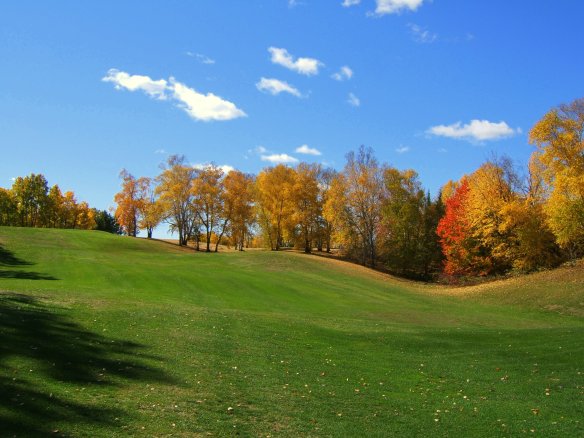
Although it seems odd to think about spring allergies when the forecast for the next week is snow flurries, mid-February is the ideal time to start taking action.
Our bodies are more susceptible to health problems when the seasons are changing because our body functions differently in each season. For example, our agni (or digestive fire) can fluctuate dramatically during the change from hot to cold or cold to hot. Poor digestion can lead to a build up of ama (or toxins) in the body.
This is why respiratory illnesses and allergies pop up during the autumn and early spring. We especially see this in the early spring. As the weather starts to warm up, any ama that has accumulated in our tissue and circulatory channels during the winter begins to soften and liquefy, flooding the numerous channels of circulation (shrotas) throughout our body and taxing our immune system.
On top of this flood of toxins, our body has to deal with an accumulation of mucus. From mid-February to May is the Kapha time of the year. As a response to the accumulated drying influence of the cold, dry, windy Vata conditions of late fall and early winter, our bodies start to produce large amounts of lubricating mucus. The sticky liquid can cause congestion in the mucus membranes that line our respiratory and digestive tracts, contributing to allergies and sinus conditions.
This is why late winter/early spring is the optimal time to cleanse mucus and toxins from our body. The classical texts of Ayurveda recommend specific detoxification treatments —called “panchakarma”—during the change of seasons.
Spring is nature’s natural detoxification season. The progression of the cold of winter to the warmth of spring triggers a natural process of releasing the winter’s accumulation of fats and toxins. Going through Ayurveda detoxification treatments at this time provides a boost to what our bodies are trying to do naturally: flushing out toxins and lubricating the channels of circulation. Working hand in hand with our own natural cycle allows for a more thorough and efficient removal of these unhealthy substances.
Signs of Ama
If you have high cholesterol, a coated tongue in the morning, joint pain, constipation, dull skin and eyes, gas, or excess mucus, you are displaying physical symptoms of ama. You may also feel the build up of ama as fatigue, dullness and/or irritability. Panchakarma treatments help remove years of accumulated ama (along with excess Vata, Pitta, and/or Kapha) and also help to return agni to its normal level of functioning.
Enjoying Panchakarma as an in-residence guest allows the body to get a profound rest. Pluses of an in-residence stay being protected from weather conditions, and complete ease in following a prescribed daily routine and diet, allowing you make the most of the rejuvenation experience. If you don’t have the opportunity for a residential stay, however, day treatments are highly recommended. Just be sure to follow the diet that is given to you.
Tips for Kapha Season
There are also adjustments that you can make in your home routine and diet that will help you during this winter to spring transition.
- Sip hot water throughout the day
- Eat more leafy greens. Favor the Kapha-pacifying tastes of bitter, astringent and pungent.
- Favor organic, fresh foods. Avoid processed foods, cold dairy products, and fried and high-fat foods. Remember, light, warm foods counter the cold, heavy qualities of kapha.
- Put a little zip in your food: spices like ginger, chili, cloves, and pepper help counter the cold quality of Kapha.
- Try not to sleep later than 6:00 in the morning. Sleeping into the Kapha time of the day can increase kapha qualities in body and mind. This means going to bed by 10:00 the night before.
For more information on Panchakarma treatments, visit The Raj Ayurveda Health Spa web site:





